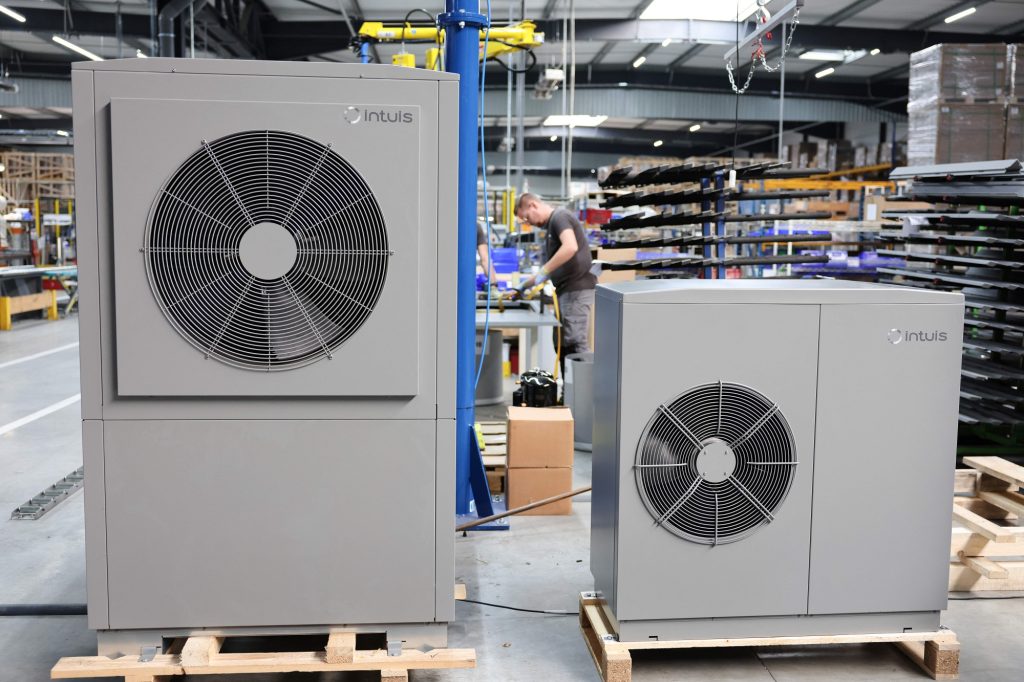Whether you are running a small local café, a tech startup, a boutique clothing brand, or a real estate agency, a well-designed flyer can help communicate your message clearly and professionally. The key lies in understanding what makes a flyer not just visually appealing, but truly functional for your business goals. One of the biggest strengths of flyer design is its adaptability. Flyers can be customized to match any business style, tone, or audience. From bold, vibrant layouts for entertainment events to minimal, sophisticated styles for luxury services, the design can be tailored to reflect your brand identity. A good flyer does not just look attractive it speaks the language of your target audience. This means the choice of colors, fonts, images, and even paper quality must align with your brand’s voice and the expectations of your potential customers. A flyer for a kids’ play zone, for example, should burst with color and fun graphics, while a flyer for a law firm should maintain a clean, professional look with muted tones and clear, structured text.

Clarity of information is another crucial element. Effective flyer design ensures that the message is not lost in the visuals. The headline should instantly grab attention, the subheading should provide a reason to keep reading, and the body should give essential details like who, what, where, when, and why. The layout should guide the reader’s eye smoothly through the content, avoiding clutter and focusing on key information. Using bullet points, icons, and bold text can help break up the information for quick scanning. Flyers are also highly cost-effective, especially for small businesses or startups that may not have large marketing budgets. Digital printing and online design tools have made it easier and more affordable than ever to create high-quality flyers in small or large quantities. With proper distribution strategies whether door-to-door, handed out in high-traffic areas, placed in strategic locations, or even shared digitally flyers offer excellent reach and engagement at a relatively low cost.
Moreover, a flyer serves as a tangible piece of your brand. People often remember and keep well-designed flyers, especially when they offer something valuable like discounts, promo codes, or event details. Adding elements like QR codes or social media handles can bridge the gap between offline and online marketing, driving traffic to your website or increasing your social media following. Integrating modern design techniques with traditional print methods makes the Flyer erstellen lassen Preise a hybrid tool that still holds strong in today’s digital age. Ultimately, the best flyer design solutions begin with understanding your business’s unique needs and translating them into a visually impactful message. Whether you are promoting a grand opening, a special offer, or an upcoming event, investing in smart flyer design can elevate your marketing efforts. With the right balance of aesthetics, content, and strategy, flyers remain a timeless marketing solution that works for virtually every type of business.



